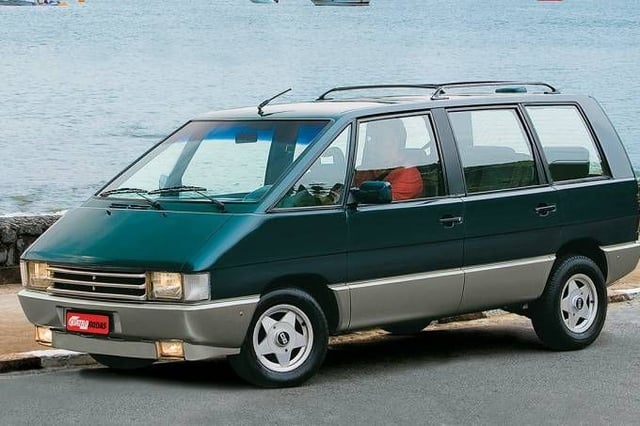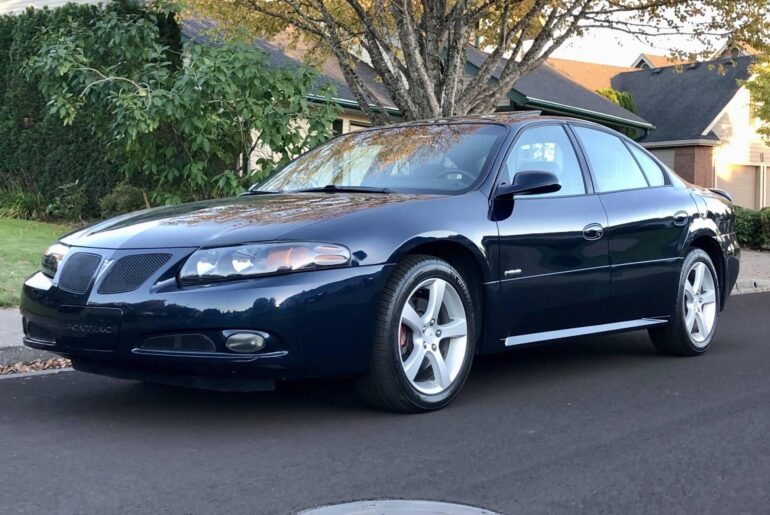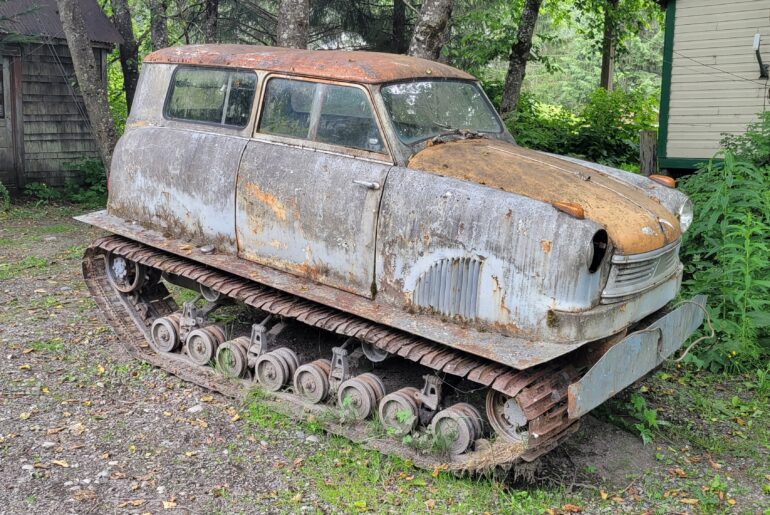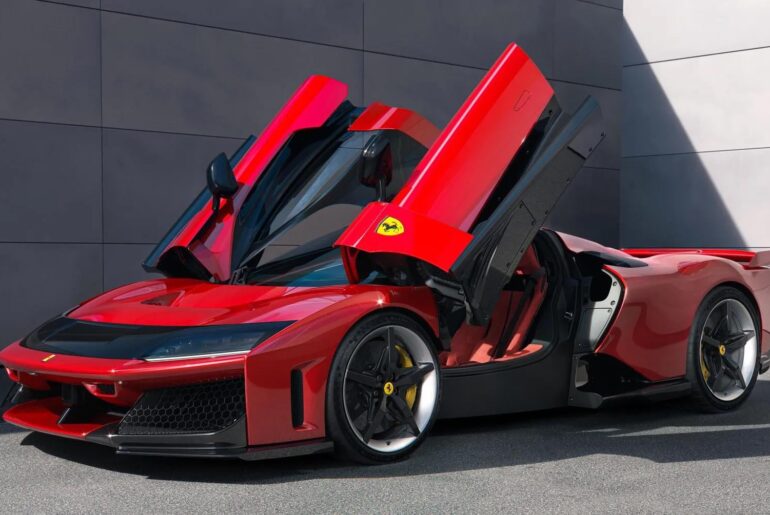



It was developed by Grancar Design, a company created by the Ford Grancar dealership in São Paulo, in partnership with designer Toni Bianco. It was an exact copy of the Renault Espace, launched in 1984. For the production of this car, a unit of the Espace was imported to be able to take the exact measurement of the vehicle using molds developed for this purpose. In May 1990, the Futura was launched to the public.
The Futura was manufactured with a plastic and fiberglass body wrapped in a tubular chassis, AP 1.8 engine with 98 hp and a 5-speed manual transmission. The following year, the engine would change to the AP 2.0 with 116 hp. In addition to the engine, the entire suspension, rear axle and gearbox were from the Ford Del Rey, a medium sized premium sedan that was exclusive to Brazil. Bringing an unprecedented concept, the highlight of the Futura was the monocoque body that guaranteed ample internal space and versatility in the use of individual and modular seats. Measuring 4.36 meters (14′ 3″) long by 1.77 meters (5′ 9″) wide, the minivan weighed almost 1,300 kg (2866 pounds).
Despite being an unprecedented model on the market, it did not have the expected sales success. Due to the transition to opening the market for foreign vehicles in the early 1990s, in addition to Renault’s accusations of plagiarism of its model, the Futura suffered a disadvantage with competition from similar imported models. It went out of production at the end of 1991 with 159 vehicles produced.
At the time of the launch of the Grancar Futura, the only worthy competitor in the segment was the Chevrolet Lumina APV, which was imported.
In September 1991, following a request from Bianco himself, Quatro Rodas magazine proposed a comparative test between the Futura and the Lumina APV. Before this test, the magazine itself had already carried out another test to make the first measurements (April 1990), at the Limeira proving ground, in the interior of SP.
This comparison showed that the national minivan had the stamina for the duel. At the time, already equipped with a VW 2000 cm³ engine (2.0 AP) with carburetor and 116 hp, it faced the Lumina with a 3,100 cm3 V6 engine, single-point electronic injection, which generated 122 hp.
During testing, the Futura achieved a top speed of 148 km/h (92 mph), compared to the 151 km/h (94 mph) of the Lumina APV. In the acceleration test from 0 to 100 km/h (0 – 62 mph), the Futura clocked 15.01 seconds, compared to 14.93 seconds for the Chevrolet. If the Lumina gained in performance and comfort, the Futura attacked with the use of space, more reliable and cheaper mechanics, as well as having the lowest fuel consumption of the two. But in terms of speed and acceleration, they were practically tied.
by OriginalPapaya8







6 Comments
So they just stole the exact design from renault, that’s wild.
I like how all the seats fold into prison trays. Very useful!
Isn’t a fibre glass body over a tubular chassis the opposite to a monocoque body – the description claims both. Perhaps it’s marketing speak, I don’t think they were going for integrity. Although if you are going to copy something at least it’s cool and interesting like the Espace.
Sude, i never seen this car before, and im Brazillian this shit looks dope.
Nice glass.
I was expecting some thing along the lines of “based on a Volkswagen type III chassis”